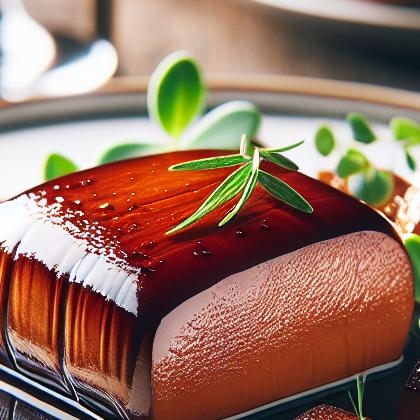Showing results for 'Foie Gras'
close
Foie Gras

Foie gras (Listeni/ˌfwɑːˈɡrɑː/, French for "fat liver") is a luxury food product made of the liver of a duck or goose that has been specially fattened. By French law,foie gras is defined as the liver of a duck or goose fattened by force-feeding corn with a feeding tube, a process also known as gavage. In Spainand other countries outside of France it is occasionally produced using natural feeding. Ducks are force-fed twice a day for 12.5 days and geese three times a day for around 17 days. Ducks are typically slaughtered at 100 days and geese at 112 days.
Foie Gras Pairs With:
Food Item
Flavor Affinity Level

Did you know there are 121 food flavor pairings in my database for Foie Gras available. What you are seeing above is a random list of 30 items which pair with Foie Gras.
For the entire list, beautifully formatted, enter your email address and click the download button below, then I'll email it to you as a PDF.
Foie Gras Properties:
| Food Property | Type | Description |
|---|---|---|
| Flavor Profile | Umami | Foie Gras has a rich, savory taste due to its high content of umami compounds. |
| Texture | Creaminess | Foie Gras has a luxurious and creamy texture that melts in your mouth. |
| Nutritional Value | Macronutrients | Foie Gras is high in fat and protein, making it a very calorie-dense food. |
| Micronutrients | Foie Gras is a good source of vitamins A and B12. | |
| Color | Maillard Reaction | Foie Gras has a deep brown color on the surface due to the Maillard reaction during cooking. |
| Aroma | Volatile Compounds | Foie Gras has a rich aroma with hints of butter and meatiness. |
Food Pairing App - Version 1.2.0
